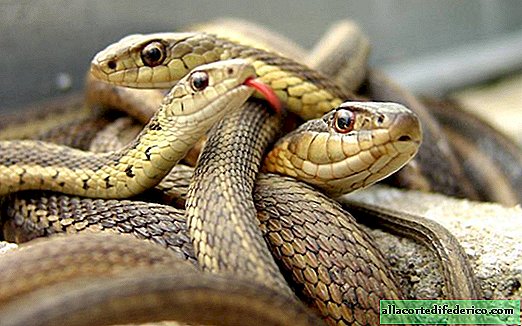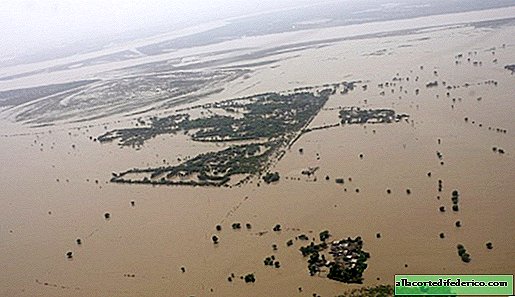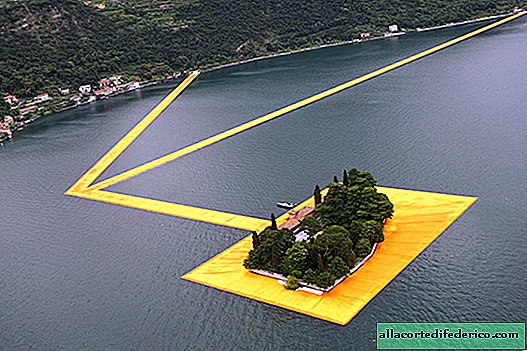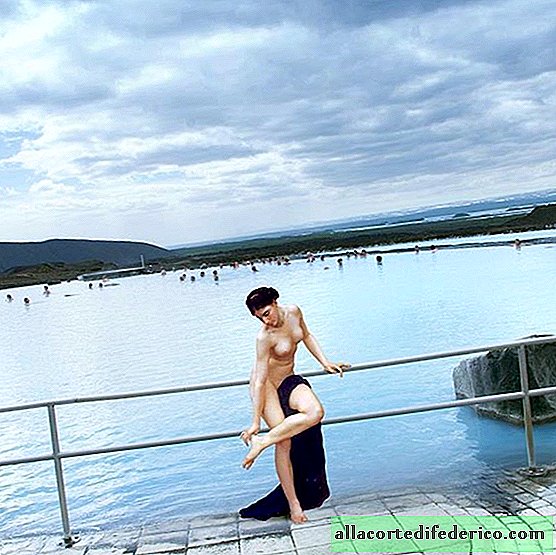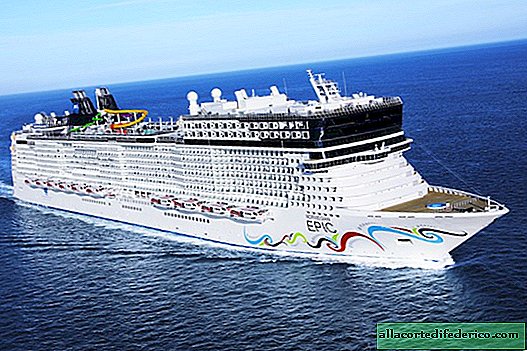How are new islands born?
Our Earth is changing every day. Of course, major geological changes, as happened millions of years ago, cannot be expected (fortunately for us). But, for example, small islands periodically arise and appear on the surface of the planet. The birth of one of these islands was removed from the satellite.
Sand island
Landsat 8 satellite imagery from November 2016 to July 2017 shows the formation of Shelley Island, 1.6 km long off the coast of Cape Hatteras in North Carolina. The island quickly formed, and basically it "gained weight" from April to May 2017.
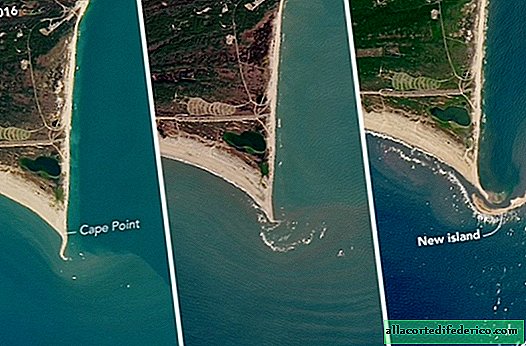
New islands are quite common on this stretch of coast, where waves and tides form landscapes from sand, which sometimes protrude above the surface of the ocean. Usually, after high tides or a rapid increase in water level, sediment accumulates near the surface of the ocean, and when the water leaves, it is exposed, forming an island.
Dangerous Shelley
Shelley Island got its name from the 11-year-old boy who explored this place. True, authorities recently warned that you should not try to get to the island: this was a reaction to several unsuccessful attempts to get to it, which required the intervention of rescuers. The danger is a strong current between the cape and the island.
The first shot, taken November 16, 2016, shows Cape Point, a famous fishing spot, before the formation of the island. By January 28, 2017, white foam from the waves is visible, which indicates very fine sand below. In the latest image, taken July 7, 2017, the island is fully formed.

Barrier islands, such as Shelley Island, can be destroyed or suffered by major storms, as happened with many barrier islands during Hurricane Sandy in 2012. But when large storms blow sand from the barrier islands, small waves return and begin to gently build the island again.

